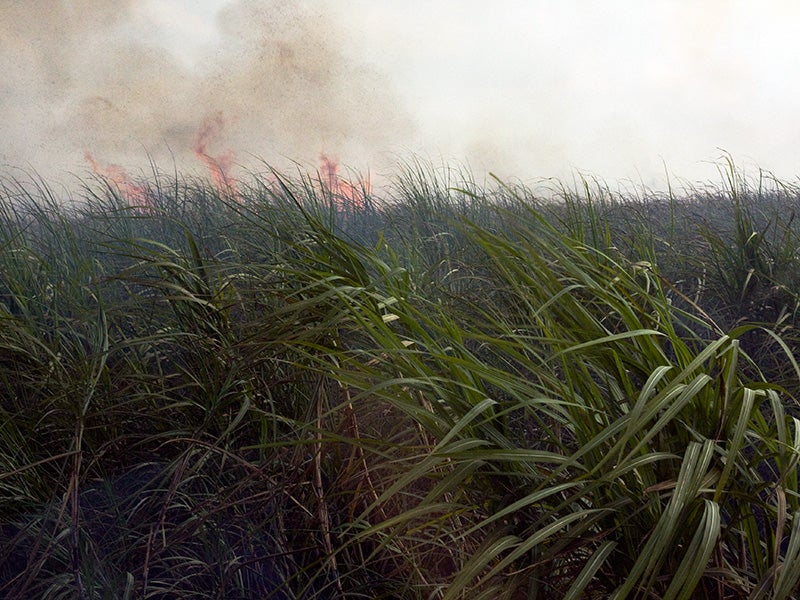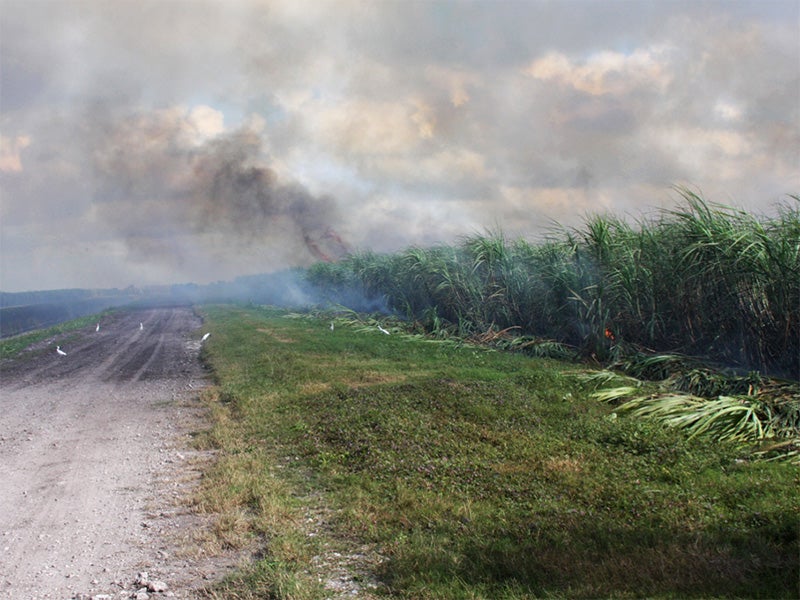Curbing Pollution From Burning Sugar Cane Fields in Florida
Sugar cane burning in Glades, Hendry and Palm Beach counties emits over 2,800 tons of hazardous air pollutants per year. The burning accounts for 86% of Palm Beach County’s emissions of formaldehyde, a probable carcinogen, and 69% of emissions of toxic acenaphthylene, a pollutant linked to genetic mutations and cancer.
Case Overview
On behalf of the Sierra Club, Earthjustice has filed a legal action asking the U.S. Environmental Protection Agency to regulate smoke pollution coming from thousands of acres of sugar cane that U.S. Sugar Corp. burns in South Florida each year. Burning the cane causes hazardous air pollution that poses a health risk to people.
The petition asks the EPA to veto a permit that the Florida Department of Environmental Protection issued to U.S. Sugar. The permit should be vetoed because it only regulates the smokestacks at a sugar refinery industrial plant, but doesn’t regulate the clouds of billowing black smoke coming off 150,000 acres of burning sugar cane each year.
Records show that sugar cane burning in Glades, Hendry and Palm Beach counties emits over 2,800 tons of hazardous air pollutants per year. The burning accounts for 86 percent of Palm Beach County’s emissions of formaldehyde, a probable carcinogen, and 69 percent of emissions of toxic acenaphthylene, a pollutant linked to genetic mutations and cancer.
Sugar growers burn fields to remove excess leaves around cane stalks before harvesting. In some parts of Brazil and Australia, sugar growers have shifted to a greener approach; they cut away the leafy parts of sugar cane and use it to mulch fields. Sugar growers could also use the leafy cuttings as biofuel in processing plants that (unlike the open fields) have pollution control equipment.

Case Updates
Case page created on November 23, 2015.

